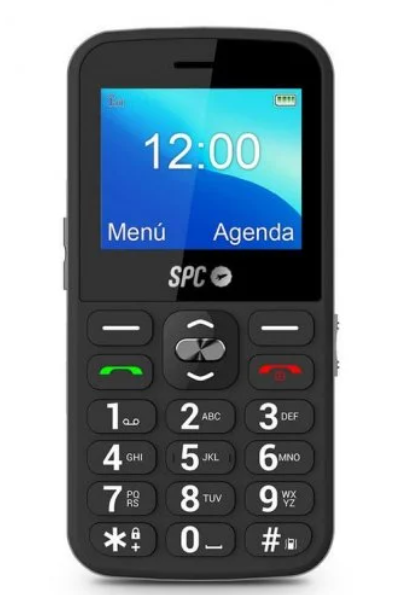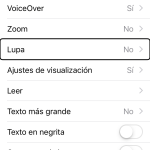Siri is Apple's virtual assistant, integrated into all of the brand's devices. It is also a fundamental part of Apple's smart speaker, the HomePod.
Siri allows you to manage most of Apple's own apps using voice commands, as well as third-party applications that use SiriKit. It is also possible to configure custom shortcuts for Siri. Additionally, Siri can control HomeKit-compatible devices, allowing the user to control home devices with just their voice.
Siri Virtual Assistant
Siri Virtual Assistant

Overall rating:
5/5
Technology:
Categories assigned to this product within the main category Technology.
Needs:
Categories assigned to this product within the main category Needs.
Related reviews:
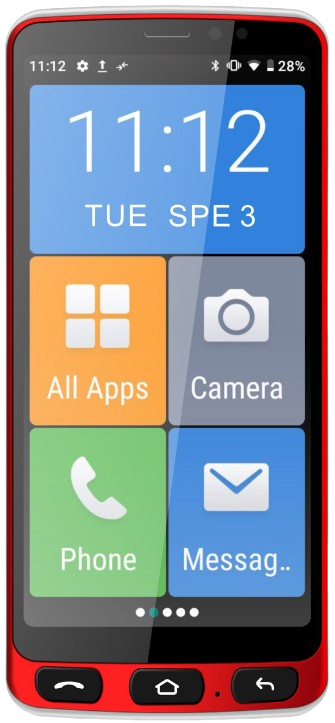
Funker E500i EASY SMART
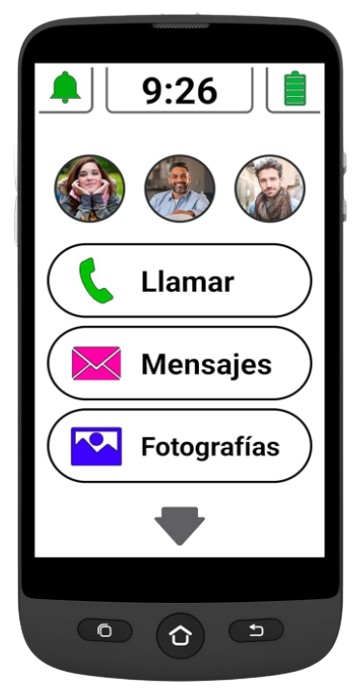
Swissvoice S510-M
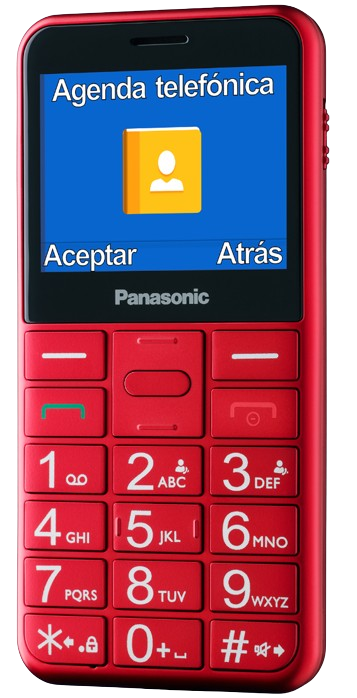
Panasonic KX-TU 155 EXRN

Coomets
Celia
Previous
Next
Image gallery: skip gallery
Below is the video of the review.
Forms of acquisition:
Siri is built into devices Apple Lossless Audio CODEC (ALAC), and its use is completely free.
Technical assessment:
September 2019
The Apple virtual assistant, present in all IOS devices, Apple Watch, Apple TV, Apple computers and HomePod, allows you to perform a wide range of actions through verbal commands. So, for example, you can handle some native apps such as the calendar, alarms and email, as well as third-party apps thanks to SiriKit, such as WhatsApp or Kayak. It is also possible, thanks to the Shortcuts app, to add shortcuts to Siri for the apps that are used the most. In addition, other types of queries can be made to Siri, such as queries about the weather, sports results, translations, simple mathematical operations or changes of currency or metric units, among others.
Soil-structure
A fundamental aspect with any virtual assistant is the interaction of the user with it, especially in the oral understanding of the user's message and the response that the assistant provides. The better this interaction, the greater the user satisfaction and, therefore, the more positive the virtual assistant will be valued.
The following is an analysis of Siri's interaction with the user from an IOS device.
Oral comprehension

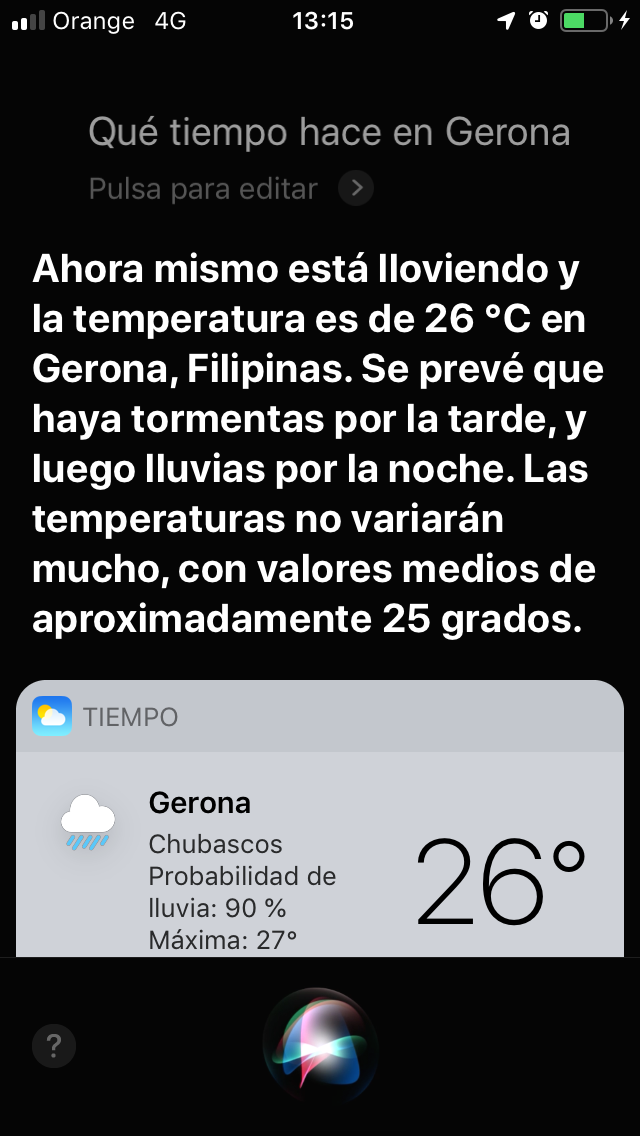
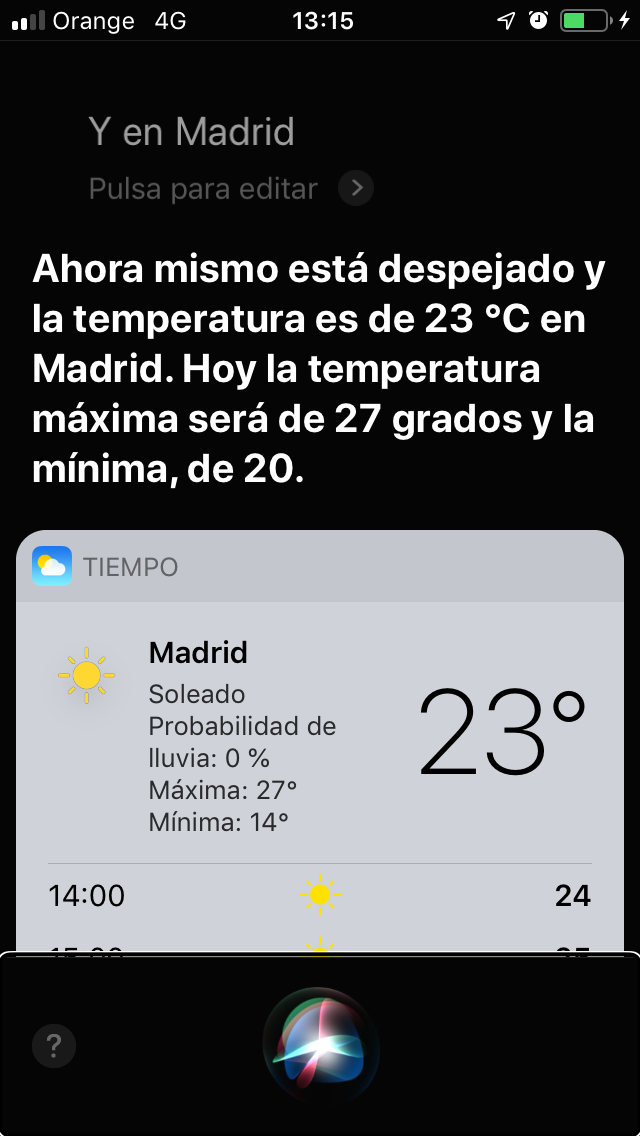
In most cases, Siri correctly identifies verbal commands given to it. Sometimes, if it doesn't identify something, it asks the user to repeat it, or it can confuse the user and provide an inappropriate response. For example, when asked to say the meaning of a word, such as "glutton," she understood "both." It is also possible that she confuses words that sound very similar, such as "cantos" and "fields". These incorrect identifications may also be due to the pronunciation of the user or the noise in the room.
Siri is able to understand natural language, with phrases like "How's the stock market?" or "what's the weather like?", which makes interaction with this virtual assistant easier and more pleasant. It is also able to link some questions, such as those related to time. It is possible, for example, to ask "What is the weather like in Gerona?" and then say «And in Madrid?». Siri will interpret that we are asking about the time in Madrid.
As for the answers that Siri provides, these are also provided in natural language. If you are asked something for which you do not have the answer, the virtual assistant forwards the question to the Internet. For example, if you are asked for a recipe, you search for the question on the Internet and provide the user with a list of links to the Internet.
Virtual assistants like Siri take verbal commands and provide spoken responses. However, Siri can be configured to receive commands via the on-screen keyboard so that people with hearing impairments can use it. Siri also provides both voice and text feedback on the device screen.
One aspect that must be taken into account is that Siri identifies the user through voice, that is, it will only be activated with the "Hey Siri" command when the voice matches the one stored. If the voice is not that of the device owner, this command will not work, and therefore it will only be possible to activate Siri by pressing the Siri button.
Another important aspect of interaction with Siri lies in the maximum distance between the device and the user. In this sense, there are two possibilities. For one thing, when Siri is activated by the "Hey Siri" command, the device must be relatively close to the user, a few tens of centimeters away for the user's voice to be recognized. If, on the other hand, Siri is activated through the Siri button, the distance can be greater than one meter for Siri to identify the order. This aspect is probably related to the quality of the device's microphone and the level of clarity that Siri requires to be able to identify the voice of the device's owner. Keep in mind that an iPhone SE has been used to carry out this analysis.
Finally, in relation to the time between the user makes the query and Siri provides the answer, this is adequate. However, factors that determine this response are the device from which Siri is used and the speed of the Internet connection. Thus, for example, if Siri is used from an Apple Watch (tested on a Series 2) the time it takes to provide the answer is longer than if the query is made, for example, from an IOS device.
Accessibility
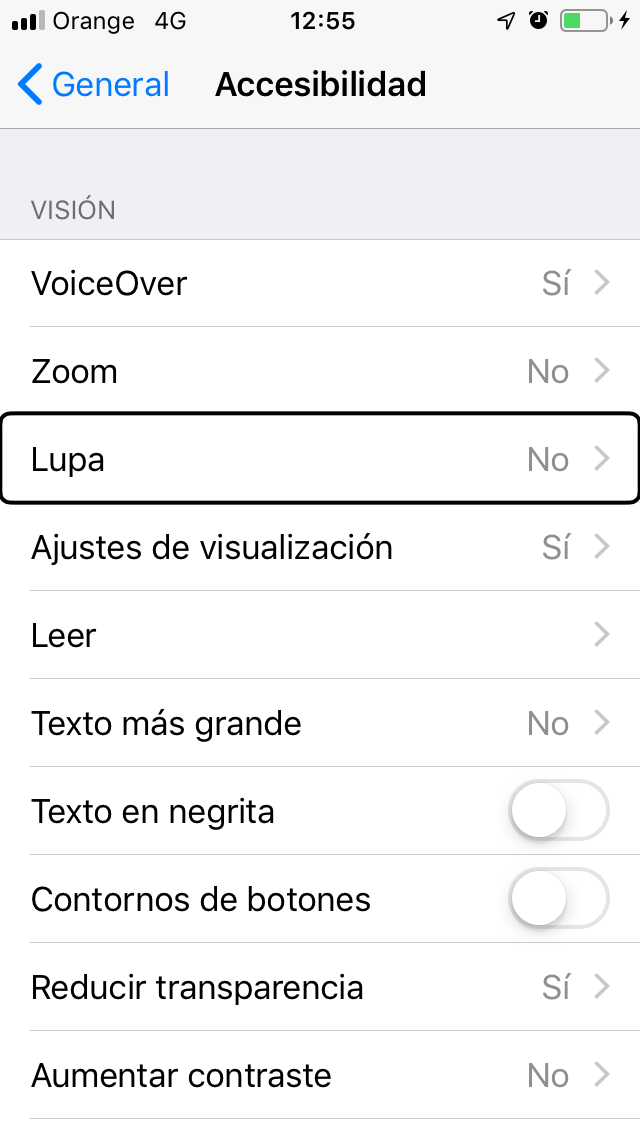
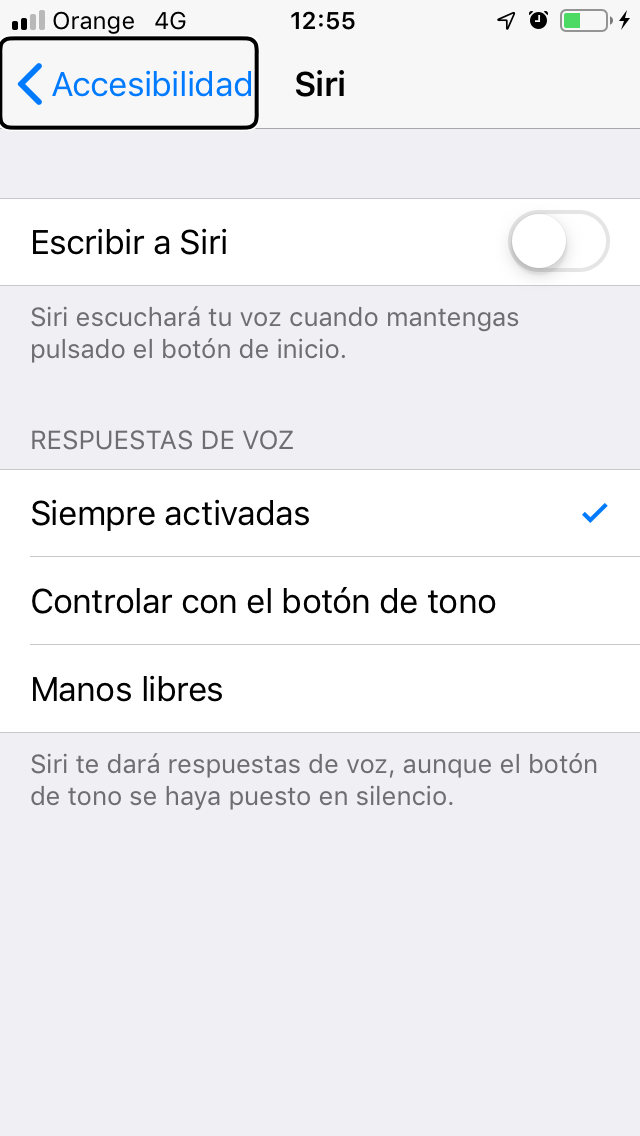
Siri is a virtual assistant built into all Apple devices, designed to make life more comfortable for people in general. It is not specifically designed for people with any type of special need or for the elderly, but it is very useful for this type of group. This is why it is essential to carry out an accessibility study, in order to check to what degree it can be used by the mentioned groups to, in a subsequent analysis, identify in which aspects and situations of daily life Siri can help them .
People with visual functional diversity
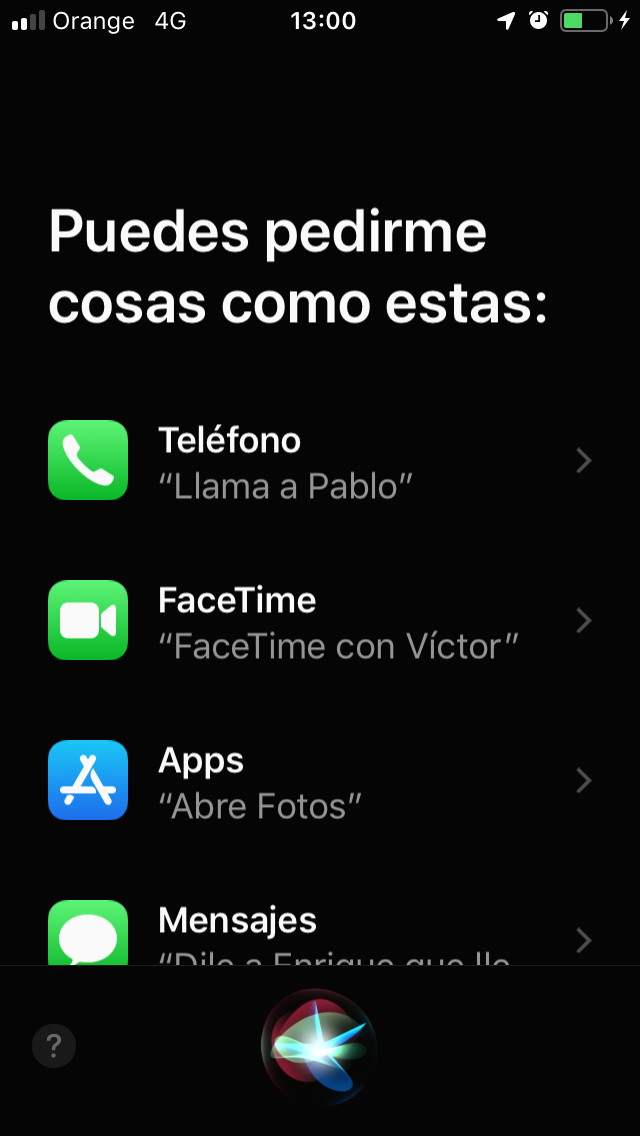
People with visual functional diversity can use both screen readers, magnification, high contrast or other technical aids to manage mobile devices. While it's true that Siri is controlled by verbal commands, sometimes it's necessary to be able to use these assistive devices with Siri, such as when asked the question "what do you know how to do?" Therefore, below is a review of possible technical aids and how they work with Siri.
For starters, the VoiceOver screen reader is perfectly compatible with Siri. Sometimes, as indicated in the previous paragraph, it is necessary to use technical aids. In the previous case, when asking the question "what do you know how to do?", Siri does not speak anything but simply shows a list of apps with which you can interact and an example action. If the user wants to know more about a specific app, they must activate the item by touching it on the screen, so using VoiceOver is essential for people who operate the device like this.
There are people who have a good visual rest and simply need to magnify the screen of their device to be able to control it. In this sense, the Zoom accessibility function is perfectly compatible with Siri, being able to magnify the screen with Siri's response. By simply activating this option in the accessibility settings and using the associated gestures, the user will be able to make perfect use of Siri.
It is also possible to increase the font size in the accessibility options, a function that is compatible with Siri. The user simply has to simply select the desired font size in the settings.
Finally, it should be noted that it is possible to make the letter bold and change the contrast, so that Siri will be more legible.
People with hearing functional diversity
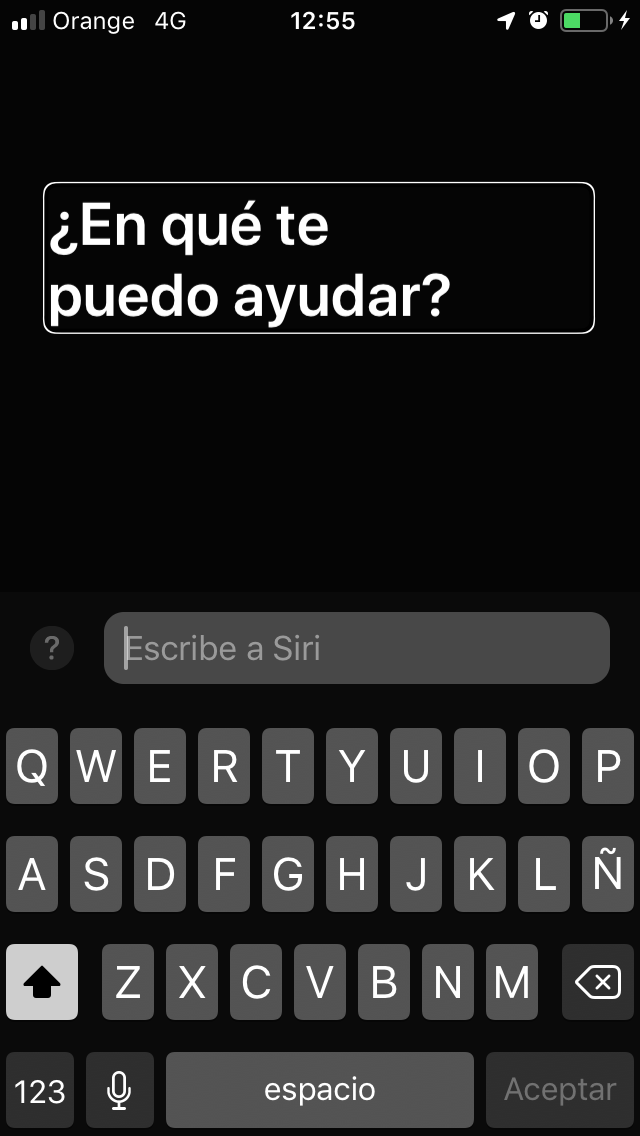
People with hearing disabilities, depending on the degree, may require that the information instead of being spoken by Siri be displayed in text on the screen. To do this, in the accessibility settings you can configure Siri in such a way that when the Siri button is pressed for a long time, instead of listening, an on-screen keyboard is displayed in which the user can enter the command to Siri. Siri will respond normally, both by voice and with the response on the screen.
Some users use hearing aids. In the IOS settings you can configure MFI hearing aids, which are compatible with Siri, making it easier for these people to hear the response provided by Siri. It is also possible to improve hearing aid compatibility, which improves audio quality with some hearing aids.
People with physical functional diversity
This group of people covers a wide range of possibilities. However, this analysis focuses on people who have mobility problems or interaction with the device.
Although most of the actions are carried out through verbal commands, sometimes it is necessary to have to perform some action on the screen, such as pressing a button or a link. For people with a problem interacting with the device, IOS has several configurable adaptations from the accessibility settings. Thus, you can control the device using buttons, activate touch facilities or AssistiveTouch. These interaction aids, which are not detailed here as they are outside the scope of this review, are compatible with Siri.
It should be clarified at this point that for this analysis Siri has been tested on a device with a touch screen. The possible adaptations for other devices or the possible aids that other systems other than IOS have have not been taken into account.
Intellectual and psychic functional diversity
People belonging to this category represent a very varied group of cases, where the degree of functional diversity is a determining factor when handling a technological device. IOS devices do not have any specific help for this group given their great variety of situations and because, in a part of the cases, the disability is caused by cognitive problems. This does not mean that these people cannot use Siri, since this will depend on their degree of disability.
Senior Citizens
Although it is not an accessibility problem, it is necessary to carry out a small analysis of how this group can use Siri on an Apple device.
Older people represent a very varied casuistry, from users who barely handle an electronic device to those who handle them with great ease. This means that the devices and their software are easy to understand and operate. In this case, Siri is very easy to use by older people, regardless of their knowledge, since it understands natural language, sometimes colloquial, thus facilitating its use. This natural language not only refers to what the user uses, but also how Siri transmits the information to the user.
Another important issue in older people are problems due to age, such as visual or hearing problems. The aids seen in the previous sections for people with functional diversity are perfectly applicable and usable by the elderly, which facilitates the use of Siri.
In short, it can be concluded that an elderly person can use Siri without difficulty, being able to use the accessibility aids that they require.
User experience
Next we will carry out a study of the user experience and what the advantages and disadvantages are for different groups, taking into account in which aspects of daily life Siri can be useful for these people.
Soil-structure
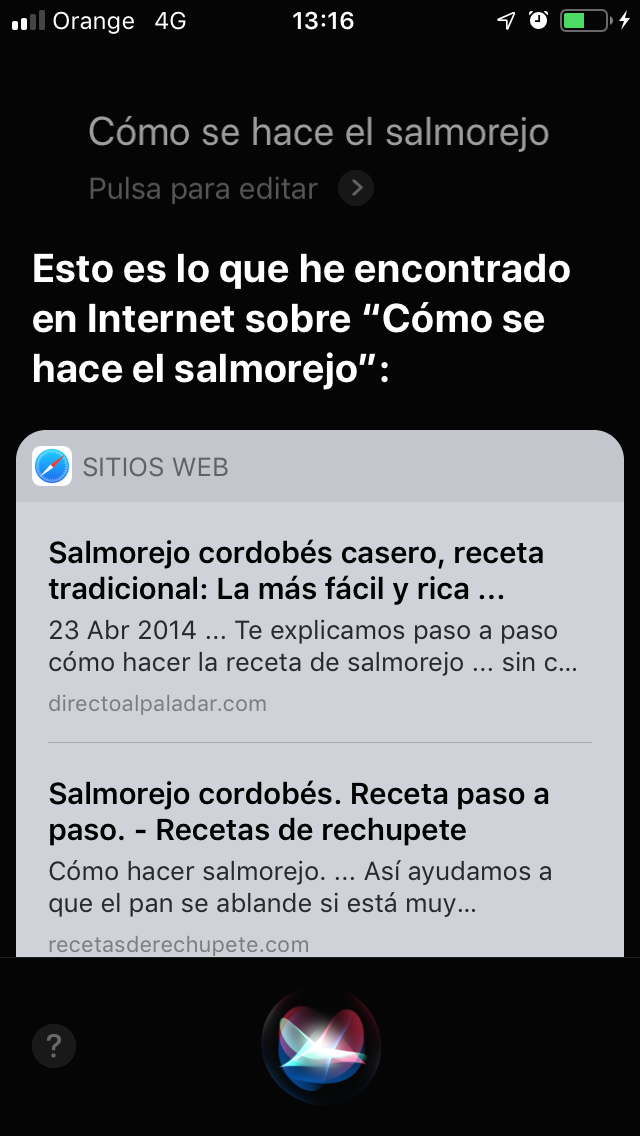
Siri is a virtual assistant and, therefore, its function is to facilitate the user interaction with the device and the performance of certain tasks. It is, therefore, essential that the interaction between the user and the device is as pleasant and comfortable as possible. In this sense, Siri is very pleasant, not only because of the natural language that it understands and uses, but also because of the voice used (Monica has been used, but there are others), the tone and the timbre. This makes the user feel comfortable talking to Siri, almost looking like they are talking to a person.
Although it is true that the voice used is pleasant, it is noticeable that it is a machine, frequently repeating phrases, where other expressions could be used to "give more life" to Siri. It is possible that this circumstance will improve with the development of Siri in later versions.
Another important factor for a satisfactory user experience is the time it takes Siri to respond to actions or queries made by the user. In this regard, and generally, Siri responds between one and two seconds after finishing the query, an adequate time for it to result in a good user experience. Keep in mind that this time may be increased depending on the speed of the Internet connection and the device in which it is used. On Apple Watch, for example, this time increases considerably. It should also be noted that Siri can control HomeKit-compatible objects, but this has not been tested in this study and it is therefore unknown what Siri behaves in these cases.
Voice, time and natural language understanding are important factors for a good user experience, although they are not the only ones. Another very important factor is the response that Siri provides to the queries made by the user. These answers must be analyzed in two parts. First, if Siri understands what the user is asking for, and second, if the question is understood, the answer is correct or satisfactory. In the first case, in most cases Siri understands what is being asked of it. If you do not understand it, or understand it incorrectly, you can ask the user to repeat the request or provide incorrect information. This has happened a few times, but it does happen a small percentage of the time. Regarding the second point, Siri generally provides satisfactory answers, and when it does not know the answer, it refers the query to the Internet.
It should be noted that Siri knowledge is limited. This means that although it can respond to a specific theme, such as sports results, these are limited to a certain level, for example, First Division or King's Cup results, excluding, for example, Second Division results.
It can be concluded that, in general, the interaction with Siri is very good, being correct in most cases. However, there are aspects that can be improved regarding the knowledge of Siri and the variety in the phrases used, which will undoubtedly be improved with its development.
Usefulness, advantages and disadvantages
Siri can be a very useful tool for certain groups. Possible uses of Siri for these groups are discussed below, and the possible advantages and disadvantages are discussed.
- Easy to use. Siri makes it easier to perform tasks, such as opening an app, sending an email, or making a call. Older people or people with physical functional diversity, for example, can benefit from the use of Siri by making it easier for them to use the device. However, some common tasks, such as picking up or hanging up a call, are not supported. Other apps do not have support for Siri, although shortcuts can be created with the IOS Shortcuts app.
– Home automation. Siri allows you to control HomeKit-compatible devices, such as blinds, thermostats, plugs or lamps, among others. This is very useful for people with visual or physical functional diversity. For the former, because they make devices accessible to them that otherwise would not be accessible, and for the latter, because it allows them to handle said devices regardless of their degree of mobility. It can also be useful for older people who have trouble moving. The drawback is that the configuration of these devices, or their placement, may depend on third parties.
- Memory. Access to the calendar and reminders, the possibility of creating notes and the management of the alarm and the timer with Siri allow people with memory problems to remember, or be notified, of events, such as medical appointments, birthdays or family reunions.
Conclusion
Siri is Apple's virtual assistant for all of your devices. Thanks to it, you can easily and quickly perform many actions related to your own and third-party apps, as well as handle HomeKit-compatible devices. It also allows you to perform actions such as currency and metric conversions, weather queries or instant translation, among others.
Siri is perfectly accessible, being compatible with all the accessibility aids that the devices have. This means that it can be used by all people, its use being only partially restricted to people with intellectual functional diversity depending on the degree of disability they have.
This virtual assistant presents a pleasant and comfortable interaction, facilitating the performance of a large number of actions and the handling of home devices for people who, otherwise, could not do it or who could only do it partially. However, some very common actions, such as hanging up or off hooking a call are not supported, so the use of Siri in these situations is greatly restricted.
In general, Siri is a very useful tool for a wide range of groups, facilitating the tasks of daily life.
Highlights
- Makes it easy to manage Apple devices and HomeKit-compatible devices.
- Integrated in all Apple devices.
- Compatible with Apple Accessibility Aids.
Improvement points
- The development of full compatibility with the Telephone app could be suggested.
- It would be interesting if in future versions Siri can be activated with "Hey Siri" from a greater distance.
- It can be suggested that Siri improve compatibility with commonly used apps, such as Mail or Safari.
Technical evaluation scores.
Design and manufacturing:
5/5
This section refers to the physical aspects and details of the manufacturing of the technological product
Technical benefits:
4/5
Description of the quality of the technical specifications of the technological solution
User experience:
4/5
This criterion is linked to the user's assessment when relating to the technical product or application.
Accessibility:
5/5
It is the degree to which people can use or access a product, technological solution or service, regardless of their technical, cognitive or physical abilities
Social valuation:
Social valuation scores.
Impact and utility:
This item has not been rated/5
Describes to what extent the functionalities of the product are useful and impact on improving the life of the user
Design and Ergonomics:
This item has not been rated/5
Assessment of how the design of the technological solution adapts to the person to achieve greater comfort and efficiency when using it
Usability and accessibility:
This item has not been rated/5
Possibility of the device to be used, understood and taken advantage of under equal conditions for anyone
Ease of acquisition:
This item has not been rated/5
It refers to the possibilities of accessing and acquiring a technological solution by the user.
Are you interested in us doing a more in-depth analysis of this product?
You can send us your request by entering an email and clicking Request analysis.
